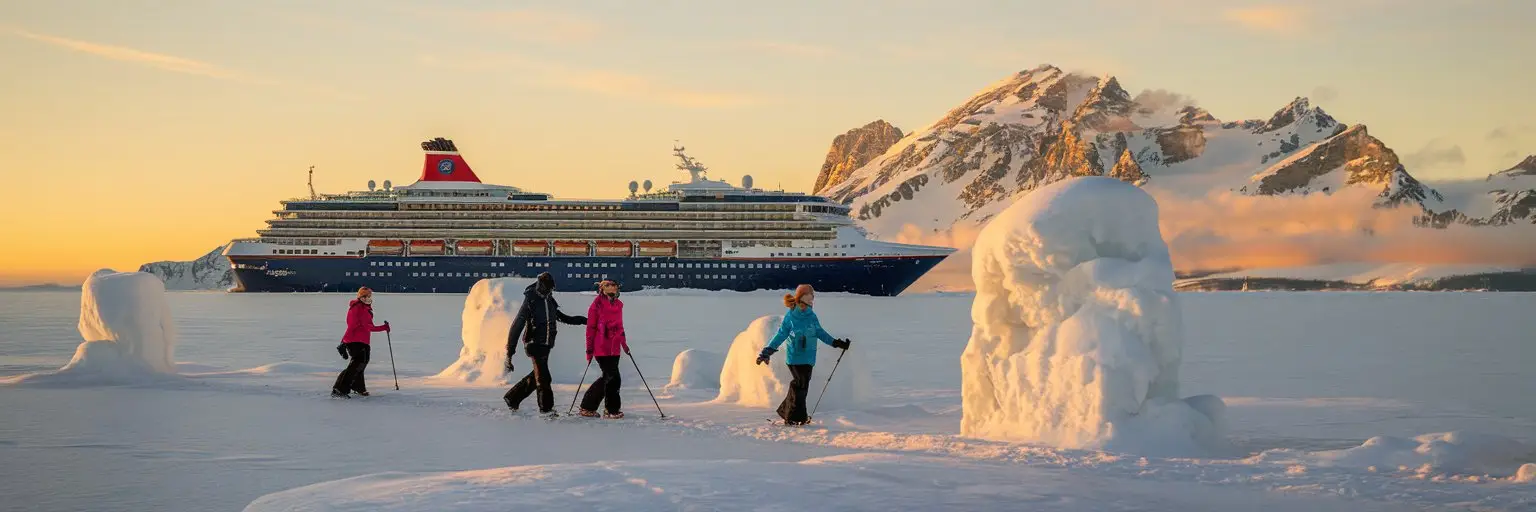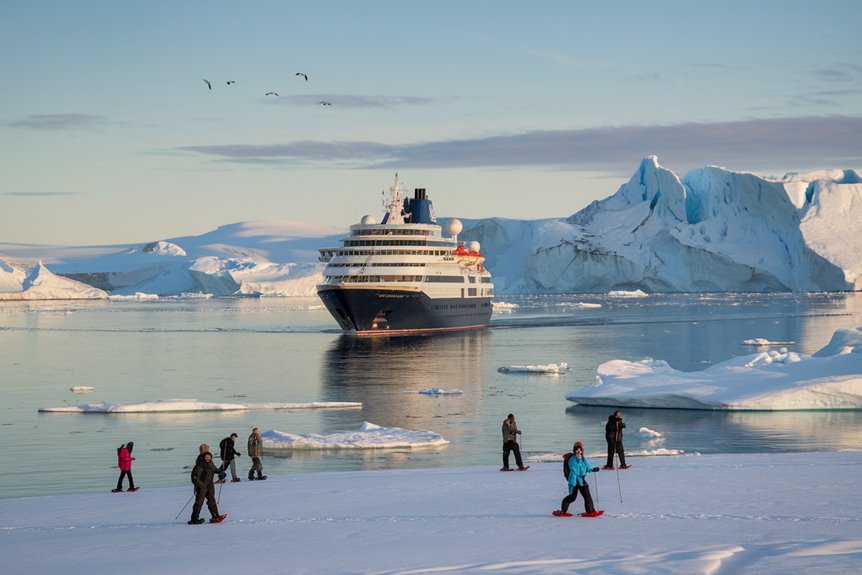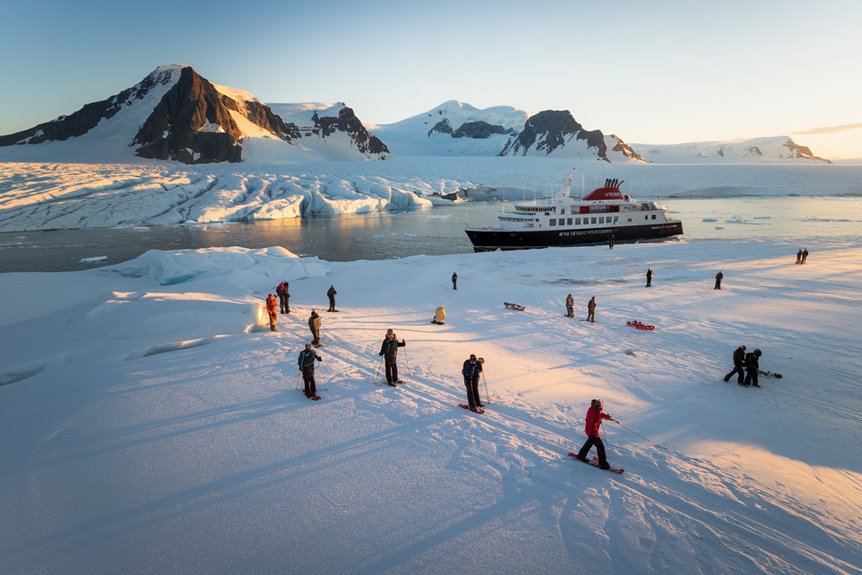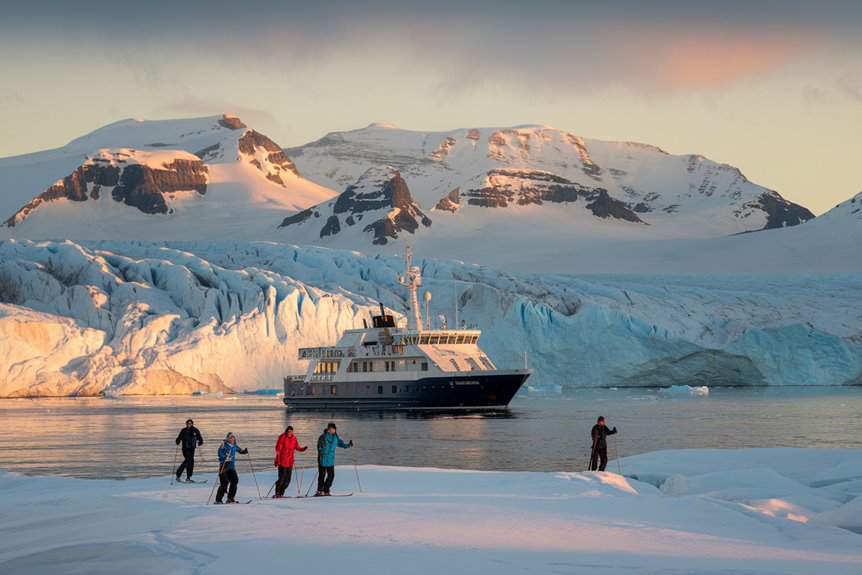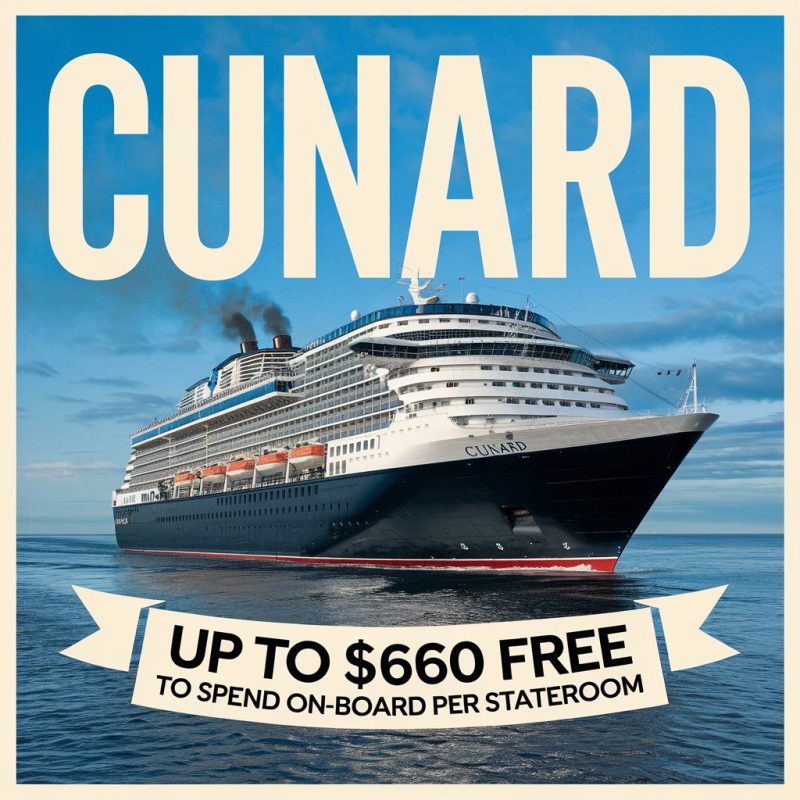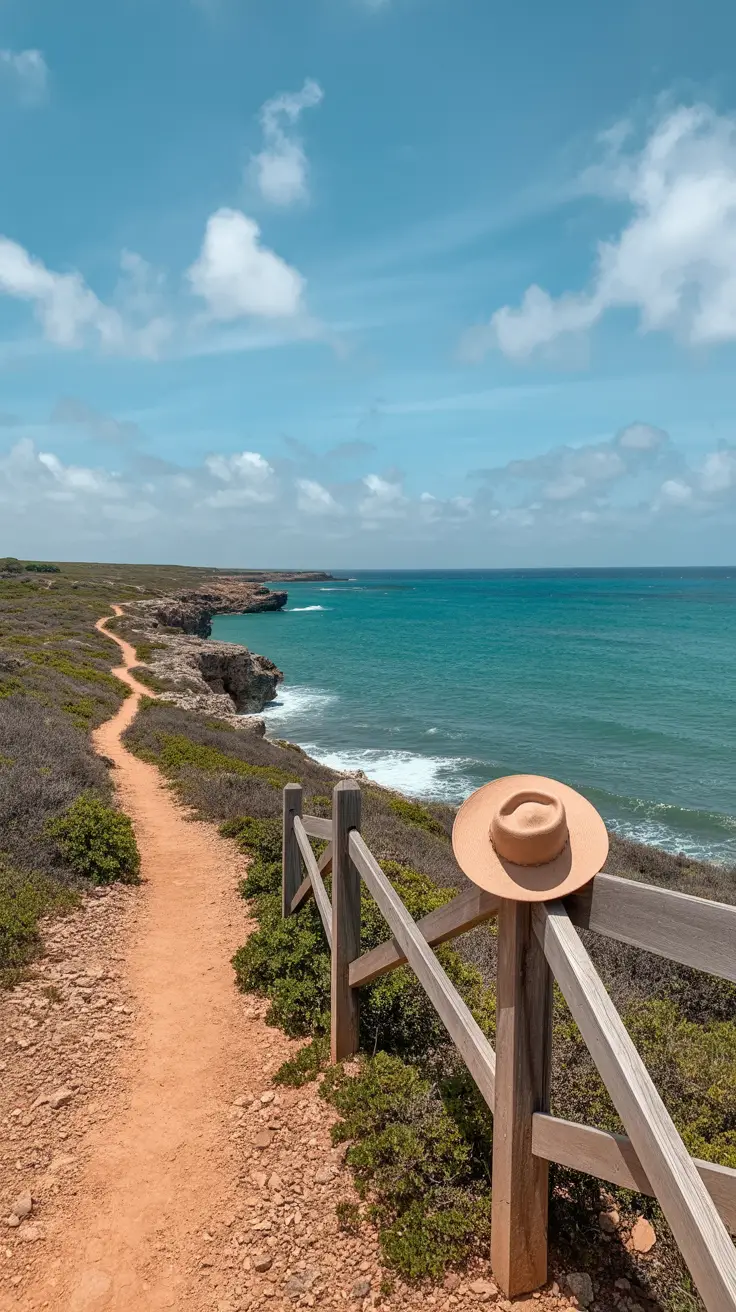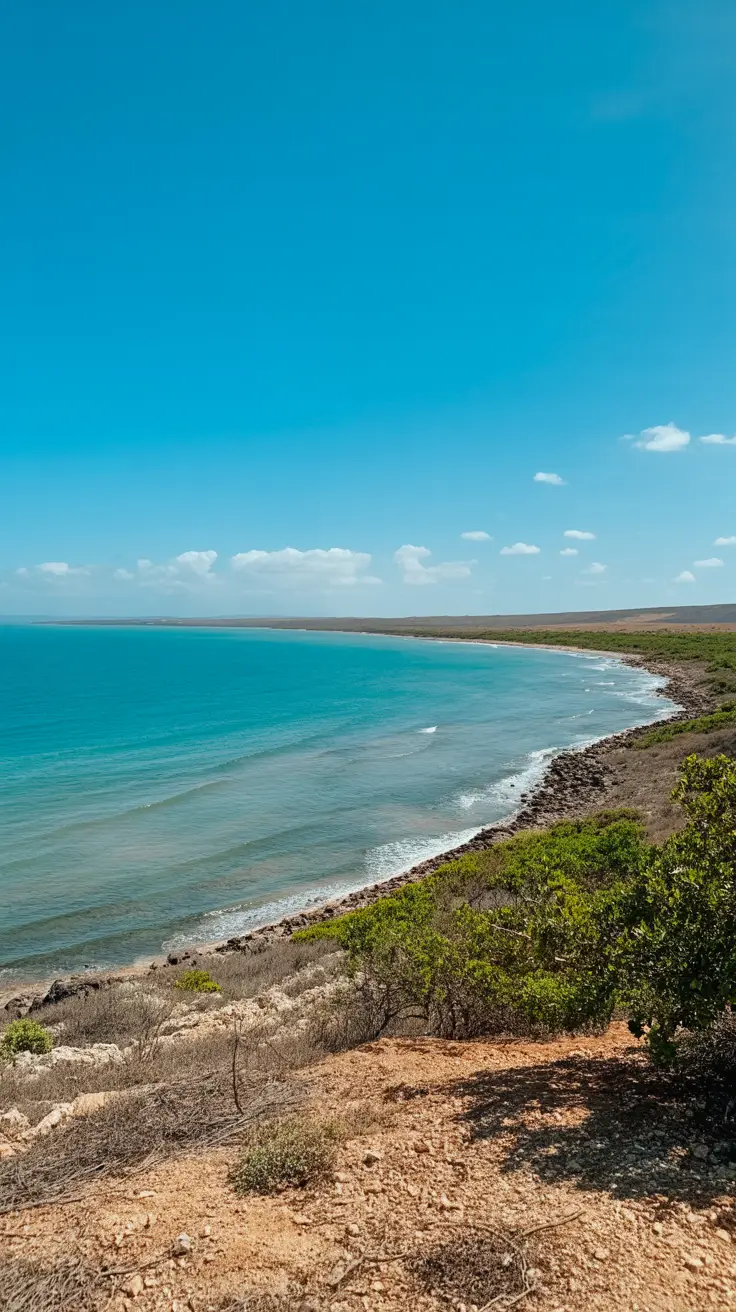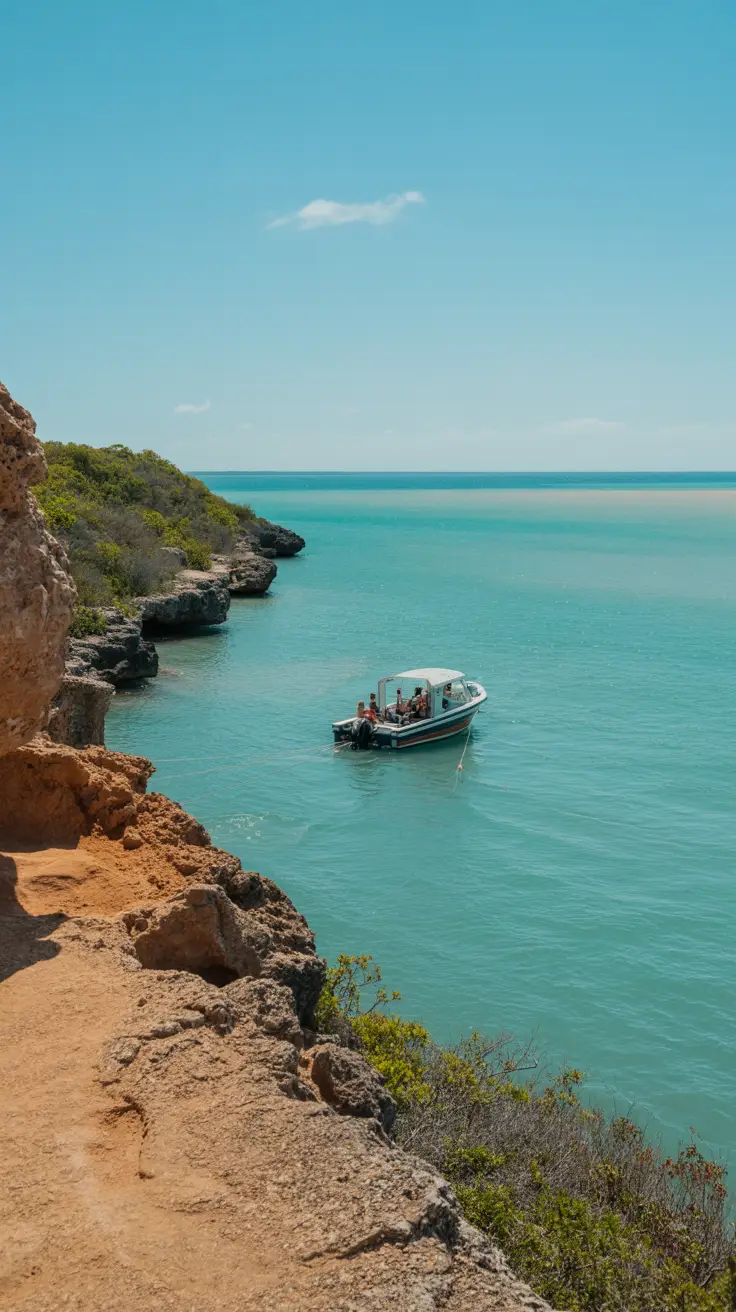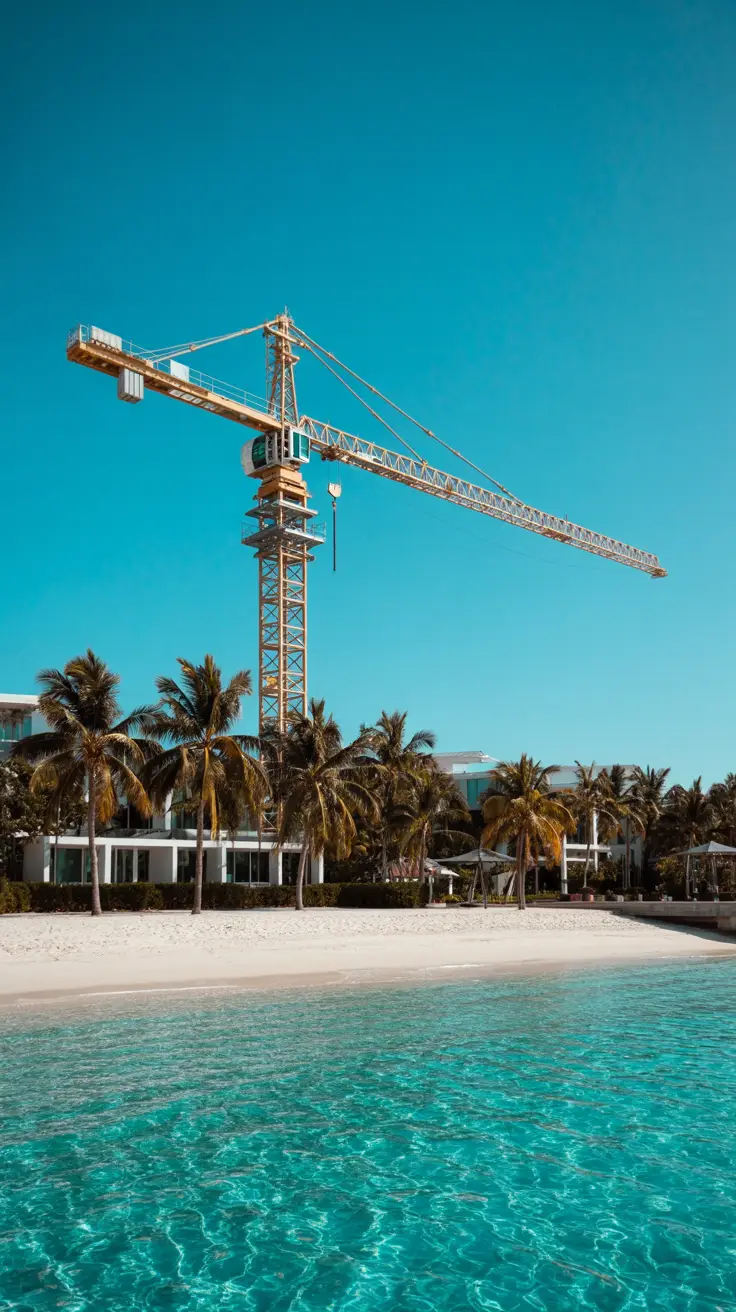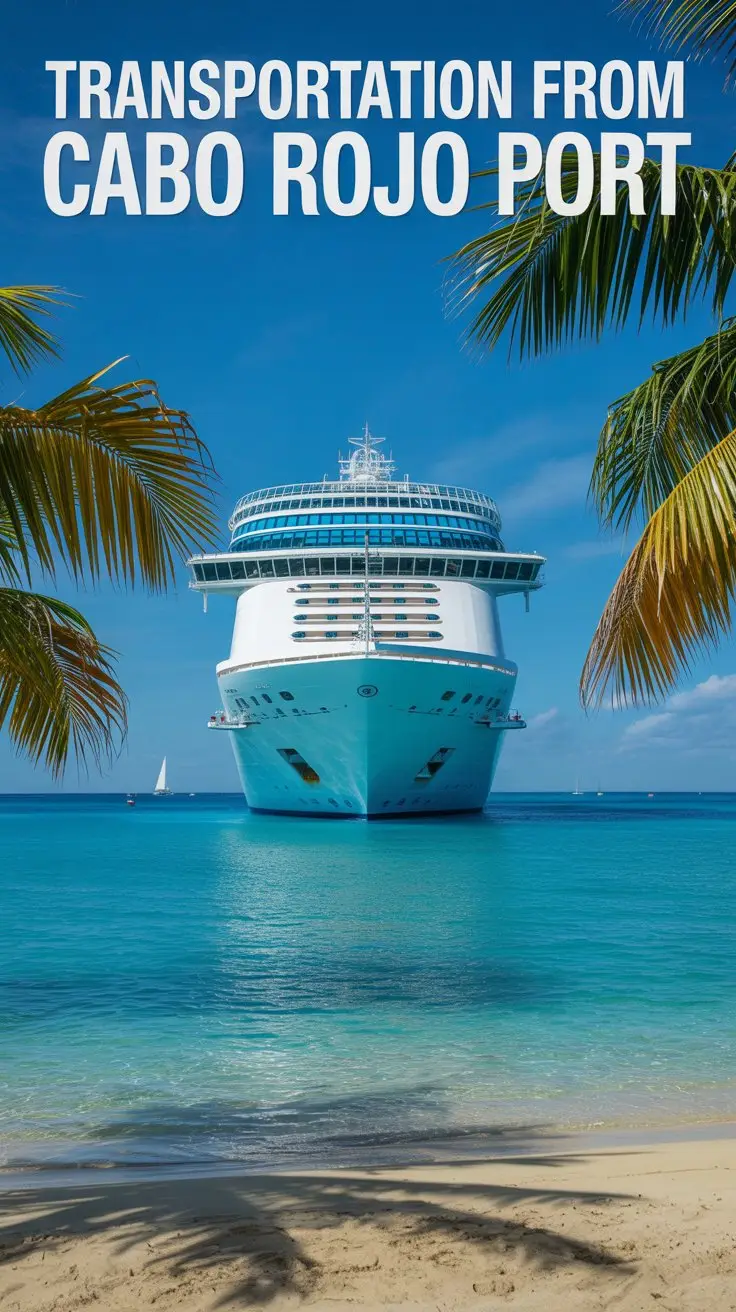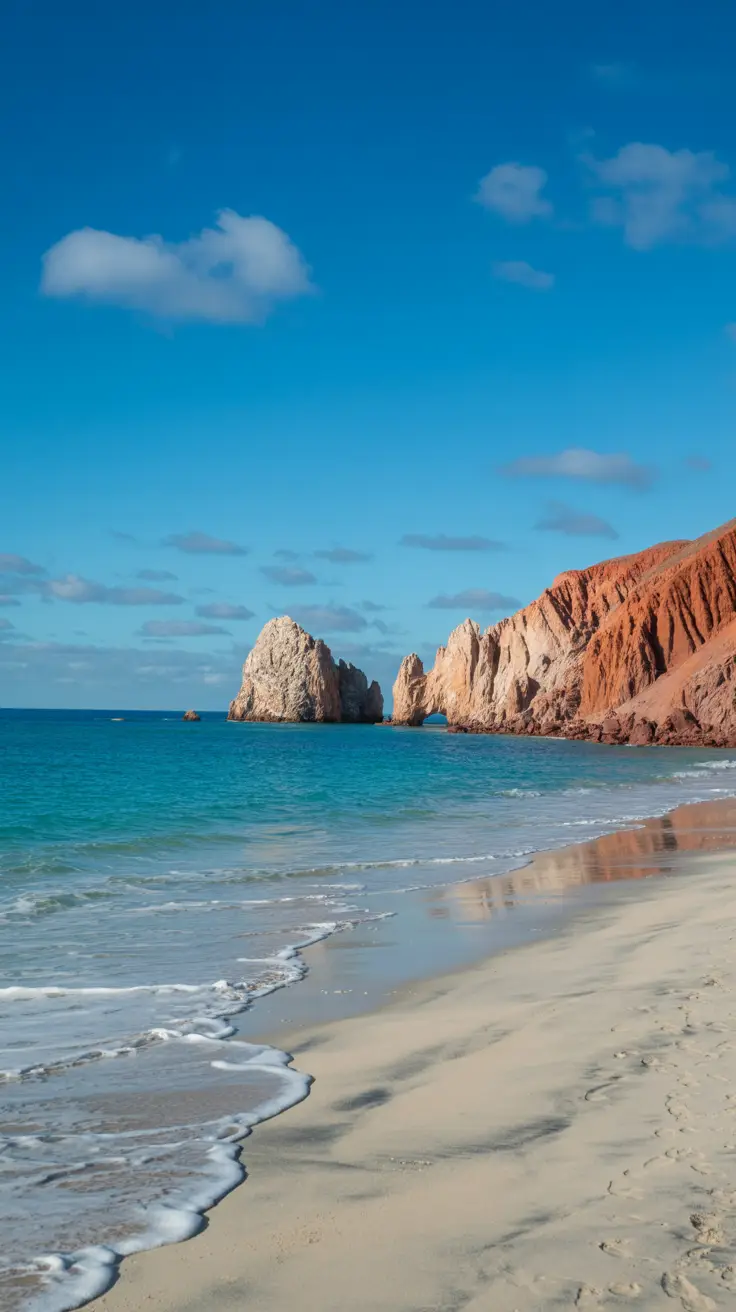You can enjoy various snow activities during your polar cruise, all matched to your abilities. Start with easy ice walks and shore visits if you’re new to polar activities. When you’re ready, try snowshoeing or snowmobile tours. Advanced adventurers can take on ski mountaineering up to 1,000-metre heights.
You need the right clothing to stay warm and safe. Pack three clothing layers, waterproof boots and protective gear like gloves and goggles. Visit Antarctica between November and March for the best conditions. Choose April to May for Arctic adventures.
Your cruise will offer guided walks, photography sessions and wildlife spotting trips. You can even camp overnight in selected locations. Each activity helps you explore these unique polar environments up close.
🐧 Polar Cruise Enquiry 🐻❄️
Our team of polar travel specialists have personally explored both the Arctic and Antarctic regions – from tracking polar bears in Svalbard to kayaking with penguins off the Antarctic Peninsula. Let us find the right polar expedition cruise for you.
Key Takeaways
You’ll find these exciting snow activities on your polar cruise:
- Join guided snowshoeing walks and hikes at each cruise stop to explore the pristine polar environment, with expert leaders showing you the way.
- Take Zodiac boat rides from your ship to the shore, where you’ll spot amazing ice formations and local wildlife up close.
- Choose activities that match your abilities – from gentle walks on flat ice to thrilling ski climbs reaching heights of 1,000 metres.
- Learn polar photography tricks from professionals who’ll help you capture perfect shots of landscapes and wildlife during your snowy adventures.
- Get kitted out with all the gear you need – your cruise provides the essential three-layer clothing system, sturdy waterproof boots and safety kit.
Navigating the Polar Snowscapes
You can explore polar snowscapes through several distinct activities.
Snowshoes help you walk on soft snow without sinking, whilst hiking takes you across different surfaces from tundra to packed snow.
Ski mountaineering offers challenging climbs up to 1,000 metres for the more adventurous.
Water activities let you discover the polar waters in different ways.
You can paddle through icy waters in a kayak or on a paddleboard, or join Zodiac boat trips to view massive ice formations.
Your fitness level matters – many activities need good stamina and strength.
Your guides will provide safety gear and expert knowledge, but you should prepare for changing weather.
You’ll find suitable equipment for your chosen activities, whether you’re new to polar exploration or highly experienced.
Snow Adventures for Every Skill
Snow Activities to Match Your Experience
You can enjoy snow adventures regardless of your skill level on polar cruises. Basic activities include guided ice walks and shore excursions, perfect for beginners finding their snow legs.
Zodiac boat trips offer you relaxed views of snow-covered landscapes.
Intermediate activities let you step up your adventure. You can join snowmobile tours, try ski mountaineering, or experience overnight snow camping.
These activities build your confidence in snow environments.
Advanced explorers can tackle challenging options. You can choose helicopter trekking, go on long-distance ski journeys, or climb glaciers with expert guides.
Extra activities enhance your polar experience. You can join photography workshops to capture the landscape, watch Arctic wildlife with specialists, or take part in polar research projects.
Essential Winter Activity Equipment
Essential Winter Equipment for Your Polar Cruise
You need reliable winter gear to stay safe and comfortable in polar conditions. Start with three key layers:
- Base layer: Merino wool or synthetic thermals
- Middle layer: Warm fleece clothing
- Outer layer: Waterproof, insulated jacket and trousers
Your feet need:
- Waterproof muck boots for shore visits
- Thermal socks
- Non-slip shoes for ship use
Pack these crucial accessories:
- UV-protective sunglasses
- Waterproof gloves
- Warm hat or balaclava
- Waterproof bags for cameras and binoculars
- Collapsible walking poles
The ship provides life jackets for Zodiac trips and landings.
Remember: Each item serves a specific purpose in keeping you warm, dry and safe. Pack everything from this list to make the most of your polar adventure.
Planning Your Arctic Experience
Essential gear for your Arctic journey centres on effective layering:
- Your base layer needs thermal underwear (polypropylene or merino wool).
- Your middle layer requires warm fleece clothing.
- Your outer layer must be fully waterproof.
You need these key items:
- Waterproof trousers
- High rubber boots for ship-to-shore trips
- UV-protective sunglasses
- Strong sunscreen
- Protective lip balm
- Waterproof backpack
- Water bottle
- Camera with spare batteries
- Binoculars
Check with your cruise company about provided gear. You might need to buy or rent:
- Arctic-grade parka
- Specialist boots
Simple preparation steps help you stay safe and comfortable in polar conditions.
Start your packing early and test all your gear before departure.
Your clothing choices can make or break your Arctic experience.
Best Season for Snow Activities
The Best Time for Snow Activities in Polar Regions
You’ll find perfect snow conditions in different months across the polar regions:
Antarctica (November-March):
- November to early December offers pristine snow for skiing and snowshoeing.
- Fresh snow and solid sea ice create ideal conditions.
- Wildlife is most active in early season.
- Ice formations look their best for photography.
Arctic (May-September):
- April and May give you the best snow quality.
- Spring months ensure reliable snow coverage.
- You can combine skiing with wildlife watching.
- Northern Lights appear with snow activities in late September.
Travel Tips:
- Book your Antarctic trip for November to catch the best snow.
- Choose April-May for Arctic skiing adventures.
- Take your camera in early season for spectacular ice photos.
- Match your activities with wildlife patterns for the best experience.
Your timing directly affects the quality of your snow activities.
Early season visits in both regions give you prime conditions for skiing, photography and wildlife spotting.
Frequently Asked Questions
Are Children Allowed to Participate in Snowmobiling Activities?
You can take your children snowmobiling with specific safety rules in place. Kids cannot drive snowmobiles themselves, but those under 150 cm tall can ride as passengers in heated sleds. You must drive the snowmobile whilst your children sit safely in the attached passenger sled during guided tours.
What Happens if Weather Conditions Prevent Scheduled Snow Activities?
Your snow activities may change or stop due to weather conditions. You won’t get your money back if this happens. The cruise team will always put your safety first when making these decisions. You should protect your booking with travel insurance before your trip.
Can Guests Bring Their Own Snowshoes Instead of Renting Them?
You can’t use personal snowshoes on polar cruises. The cruise operators supply all equipment to ensure proper safety standards for the arctic terrain. Your activity fee already covers the snowshoe rental, so you won’t need to bring your own.
Do Polar Cruise Ships Provide Emergency Medical Support During Snow Activities?
You have access to emergency medical support on polar cruise ships during all snow activities. Your ship maintains a dedicated medical facility with qualified doctors and nurses available around the clock. The onboard medical team can provide immediate response and treatment if you experience any health issues during your expedition. The medical facilities are equipped to handle basic emergencies and stabilise patients before reaching mainland hospitals if needed.
Are Photography Opportunities Available During Helicopter Snow-Landing Excursions?
Photography is readily available on helicopter snow-landing trips. You can take photos throughout your journey, including:
- During the flight – capturing aerial landscapes
- At the landing site – documenting your snow experience
- On the ground – shooting pristine snowfields
- From unique angles – getting shots impossible from regular viewpoints
Your pilot will advise when it’s safe to take photos. Remember to keep your camera secure and follow all safety instructions whilst photographing. Most helicopters have clear windows, perfect for aerial shots, but you’ll get your best photos during the snow landing itself.
For the best results:
- Keep your camera ready but secured
- Use quick camera settings for aerial shots
- Take advantage of stops to capture steady shots
- Ask your pilot about prime photo spots
🐧 Polar Cruise Enquiry 🐻❄️
Our team of polar travel specialists have personally explored both the Arctic and Antarctic regions – from tracking polar bears in Svalbard to kayaking with penguins off the Antarctic Peninsula. Let us find the right polar expedition cruise for you.

